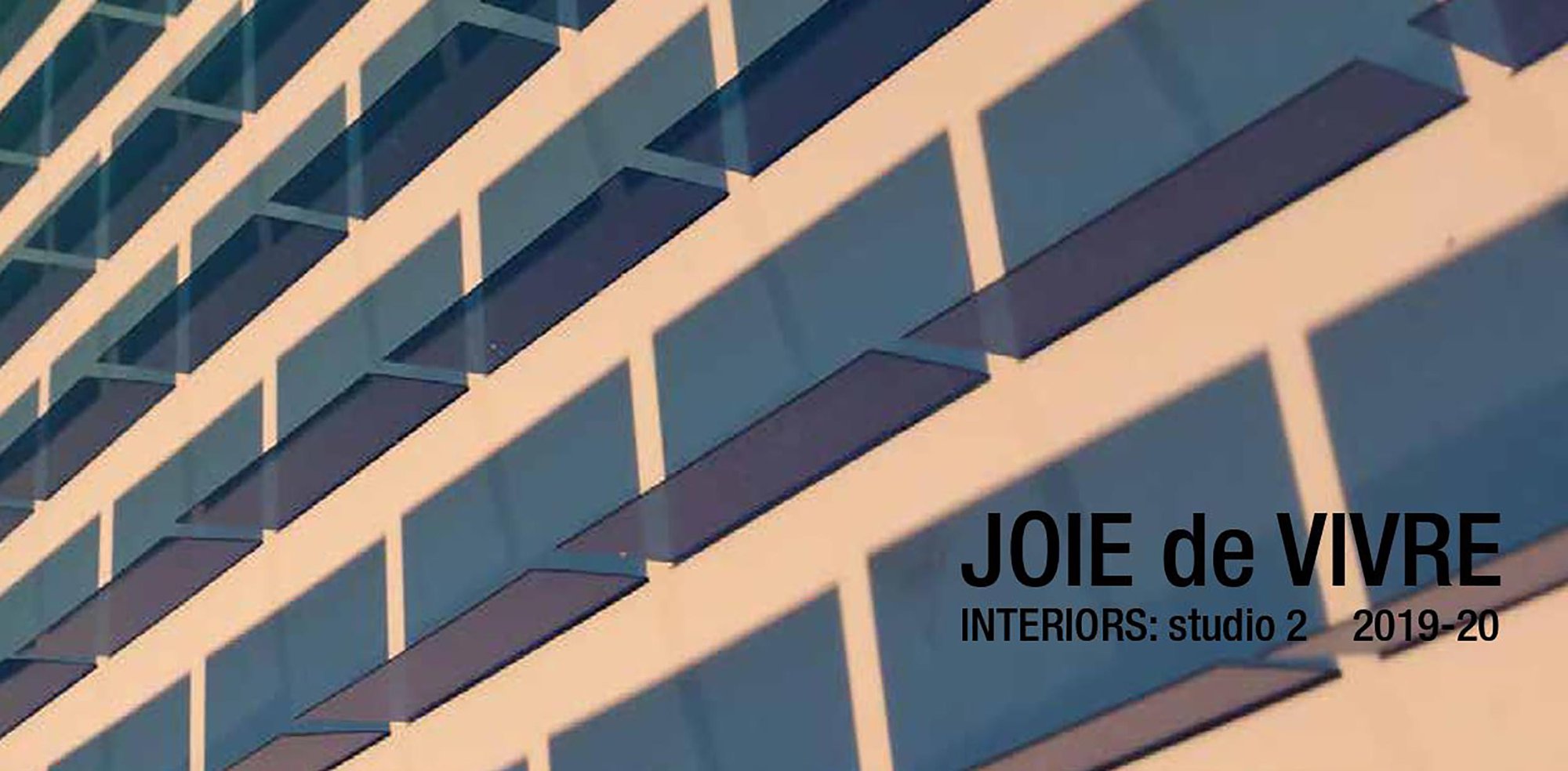Interiors Studio 2
Joie De Vivre
Liveness 2020 (Archive)
The Pitch:
Street: Petticoat Lane
Market and Market stall: Negotiated and Articulated space
The Under croft:
Street illumination: colour, pattern, movement
Beton Brut re-imagined:
Concrete material, stitch and fill, infusing detail and decoration exploration of local narratives
The Barrow to the Bureaux:
The Flats, their spaces and the community combined furniture: Parker Collection competition
Podium:
Enchantment: community, revel, joie de vivre
Our Site is the Middlesex Street Estate, home to 880 inhabitants situated on the borders of Middlesex Street and Petticoat Lane Market. A brutalist building built in 1967-72 located on the boundary of the City with its imposing starchitecture and the more ramshackle appearance of East End.
The Estate sits on the boundary of two Borough Councils, the City of London Corporation and London Borough of Tower Hamlets. Petticoat Lane is situated along Middlesex Street and the interjecting spur of Wentworth Street.
The original design of the Estate in 1967 responded to market by lining the pavement level with retail units. Its programme integrated the self-sufficient characteristics of providing homes and shops for its inhabitants which in turn would provide work and jobs and add strength to the already bustling and very popular market.
The market in its heyday provided a huge variety of goods and stalls offering everything a family might need in their weekly shopping and much more. The market stall holders would be calling the prices to the crowds; from entrepreneurs to entertainers the noise would have fascinated the public drawing the curious in with spectacle and colour. Sadly this carnival of retail which has long been a tourist destination too has disappeared, the market has severely suffered from external competition and online shopping, which has impacted upon the life and success of High Streets everywhere and the stall holders have been forced to sell up leaving the market with very little to offer.
As the city, its workers, commuters, their watering holes and eateries creep nearer and nearer to the cheaper and readily available land within the East End, the last few years have seen new business developers take the opportunity to rethink old, forgotten and derelict spaces to serve the insatiable appetites of these city folk providing restaurants and speciality bars. Whilst this aspect does provide new businesses to settle and add life to the area what of the locals, the traditions, the family businesses, the roots and folklore that could so easily be over written. How does the market survive at the weekend without the City workers? It clearly needs its own agenda to offer to those that live within the East end and those that visit to experience the East End.
Interview – Community & City Matters
Interview – Identity
Interview – Living in a flat
Interview – The Market
Interview – Living in the Podium
Interview – The View
Interview – Belonging
- Kaye Newman
- Janette Harris










